Ask AI on The Internet
Question: In the case of an asphyxiation emergency, you should avoid: Rushing into a space, because time is of the essence Opening up all doors and windows to improve ventilation through a space Trying to move the victim to a space where there is clean, circulating air Using chest compresses and artificial respiration to resuscitate an unconscious victim
In the case of an asphyxiation emergency, it’s critical to understand how to respond appropriately to maximize the chances of survival for the victim while ensuring your own safety. Here is a breakdown of each action you mentioned: ### **1. Rushing into a space, because time is of the essence** - **Incorrect Approach:** Always assess the situation first. Rushing into a space, especially a confined or hazardous one, without understanding the risks could lead to you becoming another victim. - **Correct Action:** Evaluate the scene for potential dangers (like toxic gas or unstable structures). If you determine it’s safe, then proceed swiftly and cautiously to help the victim. ### **2. Opening up all doors and windows to improve ventilation through a space** - **Correct Approach:** Improving ventilation is crucial, especially if the asphyxiation is due to harmful gases. Opening doors and windows can help disperse the harmful gases, providing the victim with better air quality. - **Caution:** Ensure that you do not put yourself at risk while trying to improve ventilation. ### **3. Trying to move the victim to a space where there is clean, circulating air** - **Correct Approach:** If you can do so safely, moving the victim to an area with clean air can help them start to recover. This should be done as quickly and gently as possible to avoid causing further harm or injury. ### **4. Using chest compressions and artificial respiration to resuscitate an unconscious victim** - **Correct Approach:** If the victim is not breathing and has no pulse, performing CPR (chest compressions and artificial respiration) is crucial. This should be done according to proper techniques to ensure effectiveness and reduce the risk of injury. ### **Summary of Correct Actions:** - **Assess the scene for safety before entry.** - **Improve ventilation by opening doors and windows if it is safe to do so.** - **Move the victim to a safe space with clean, circulating air if possible.** - **Administer CPR if the victim is not breathing and has no pulse.** ### **Additional Guidance:** - **Call Emergency Services:** As soon as possible, call emergency services for professional help. - **Use Protective Gear:** If available, use protective gear such as masks or gloves to protect yourself from hazardous substances. Remember, your safety is crucial while attempting to assist others. The appropriate response will depend on the specific circumstances of the emergency.
Think your answer is better than the AI's? Post it below.
Other Most Relevant Posts:
Question Tags
If you want your question answered by an AI, click here.
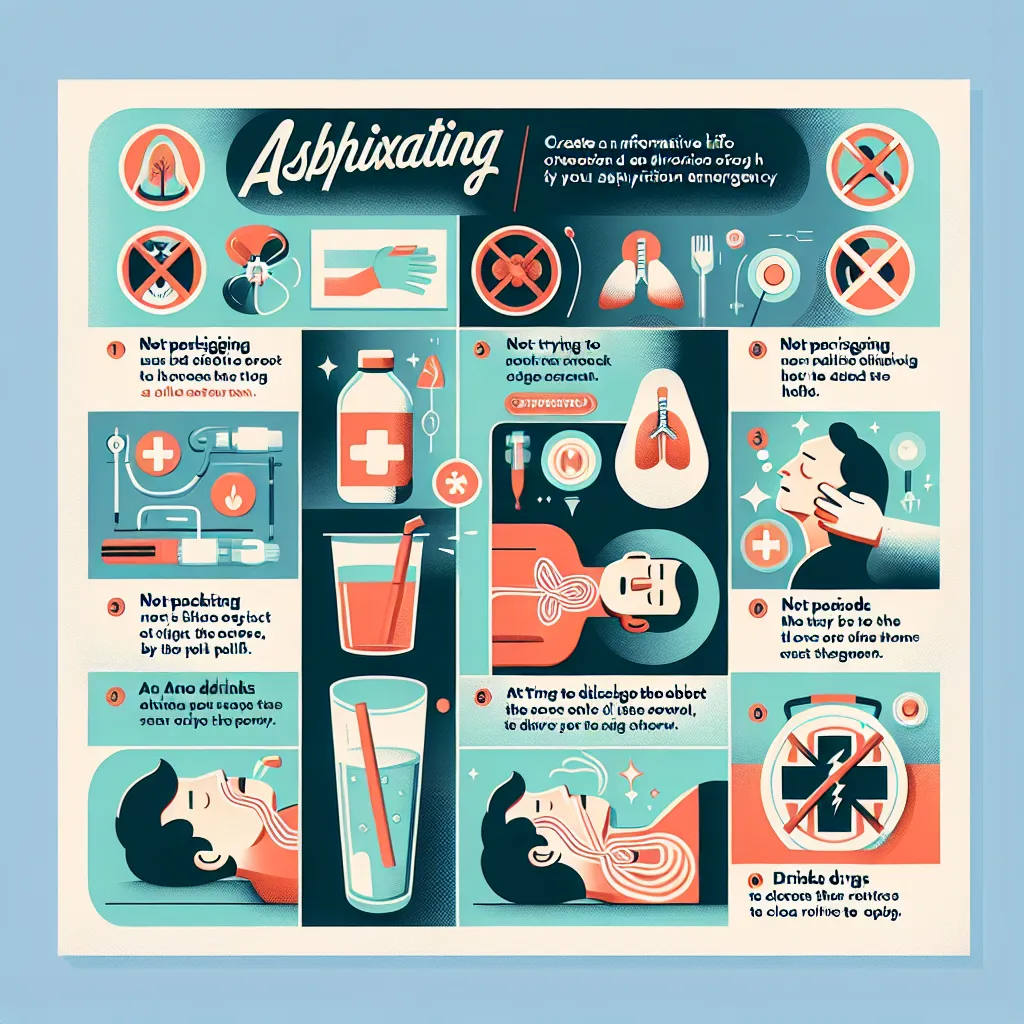
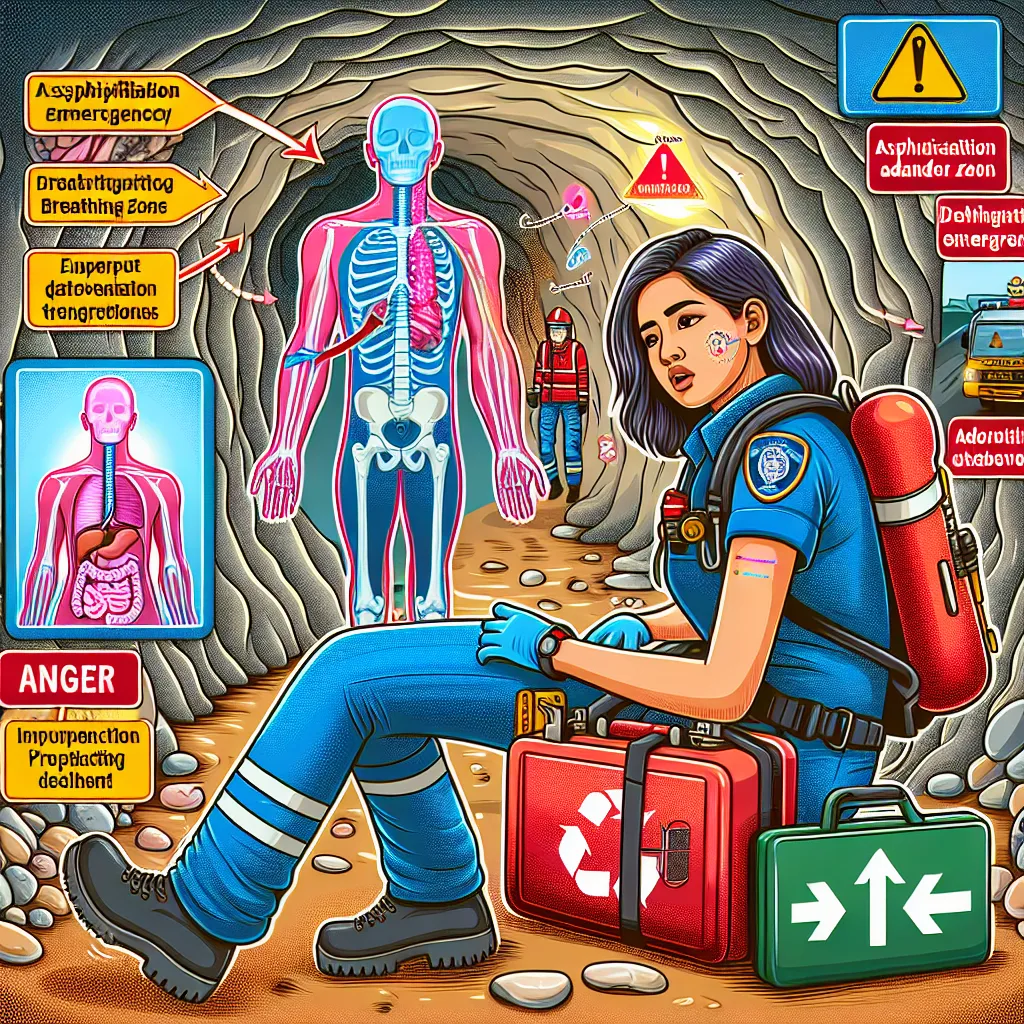
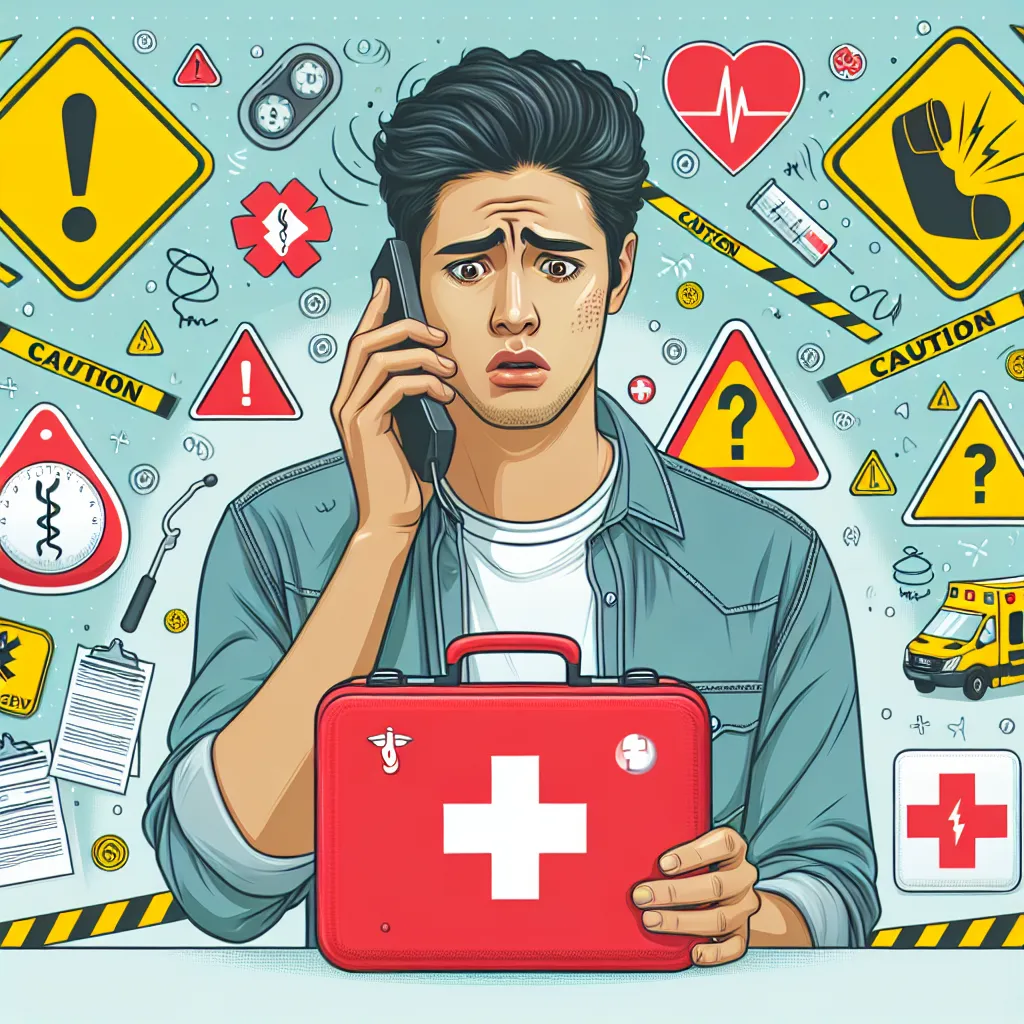
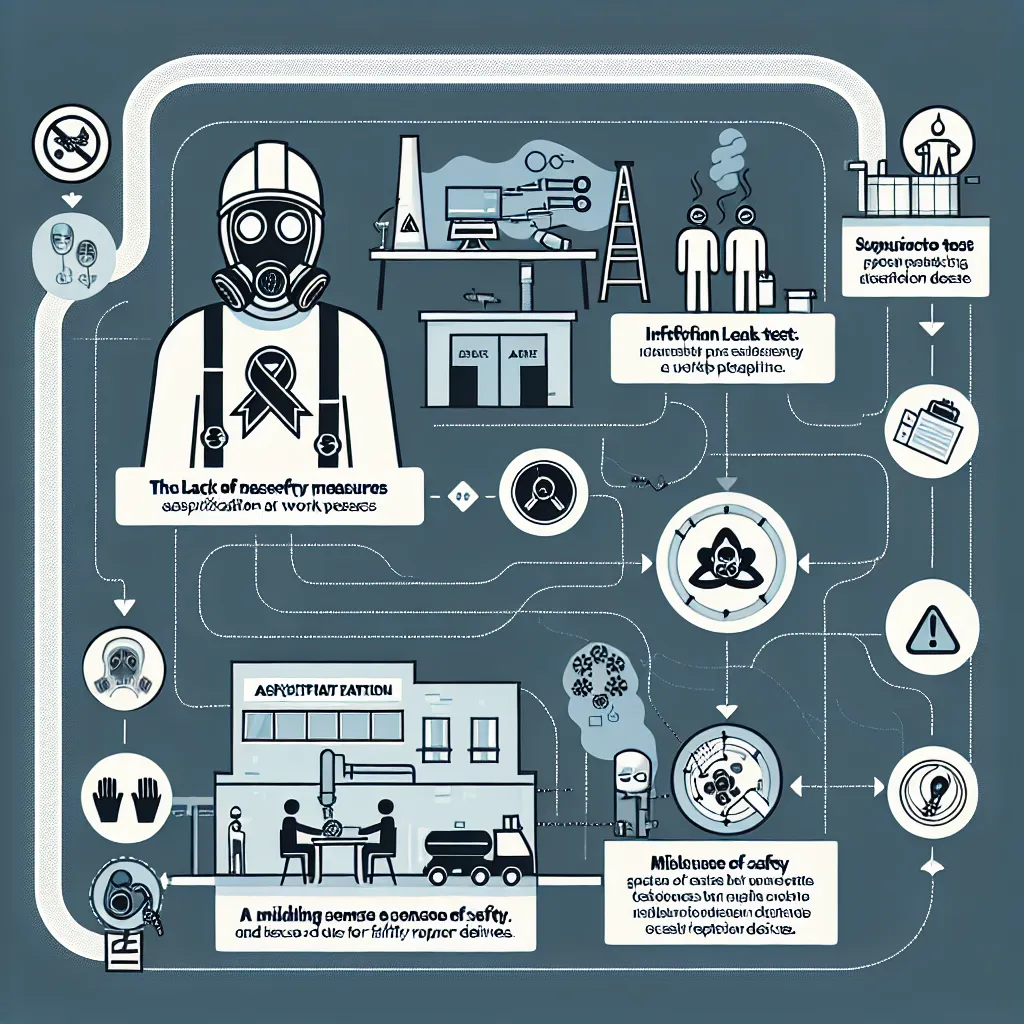
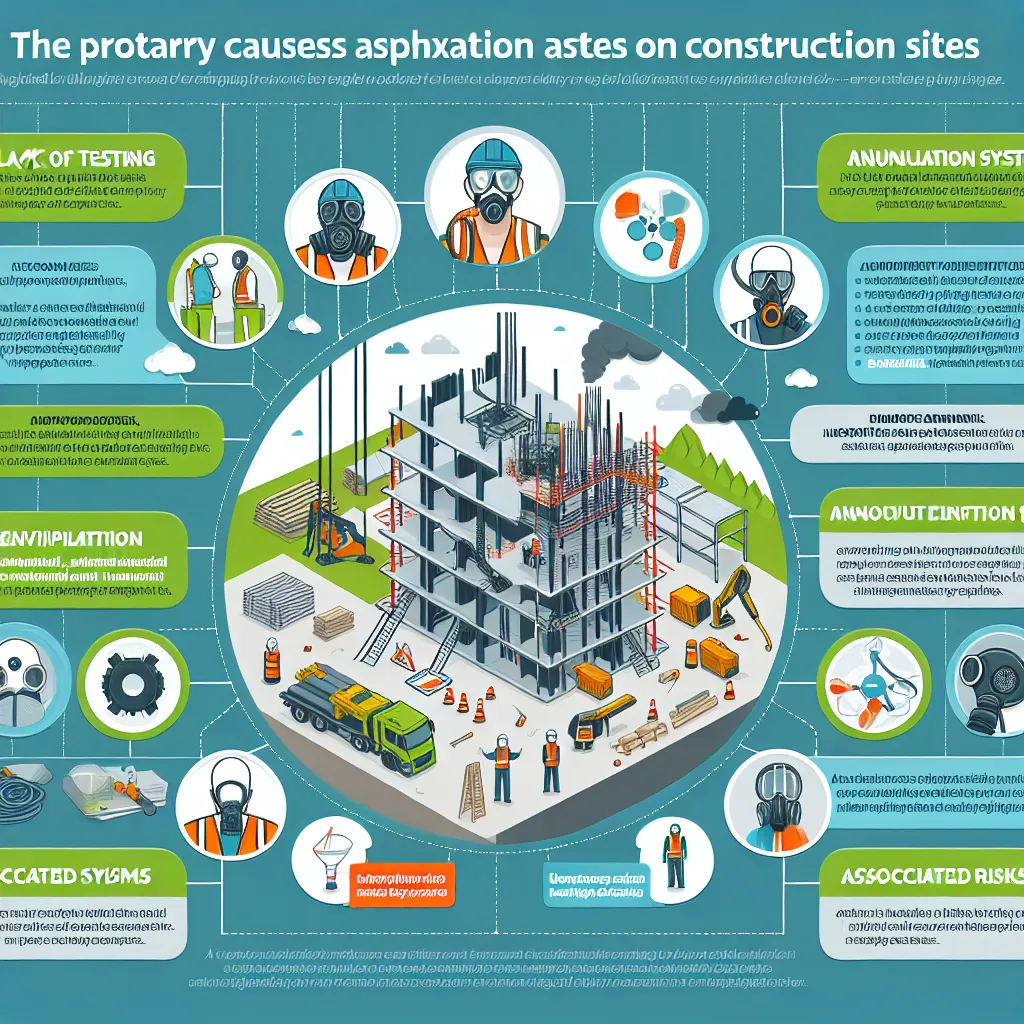
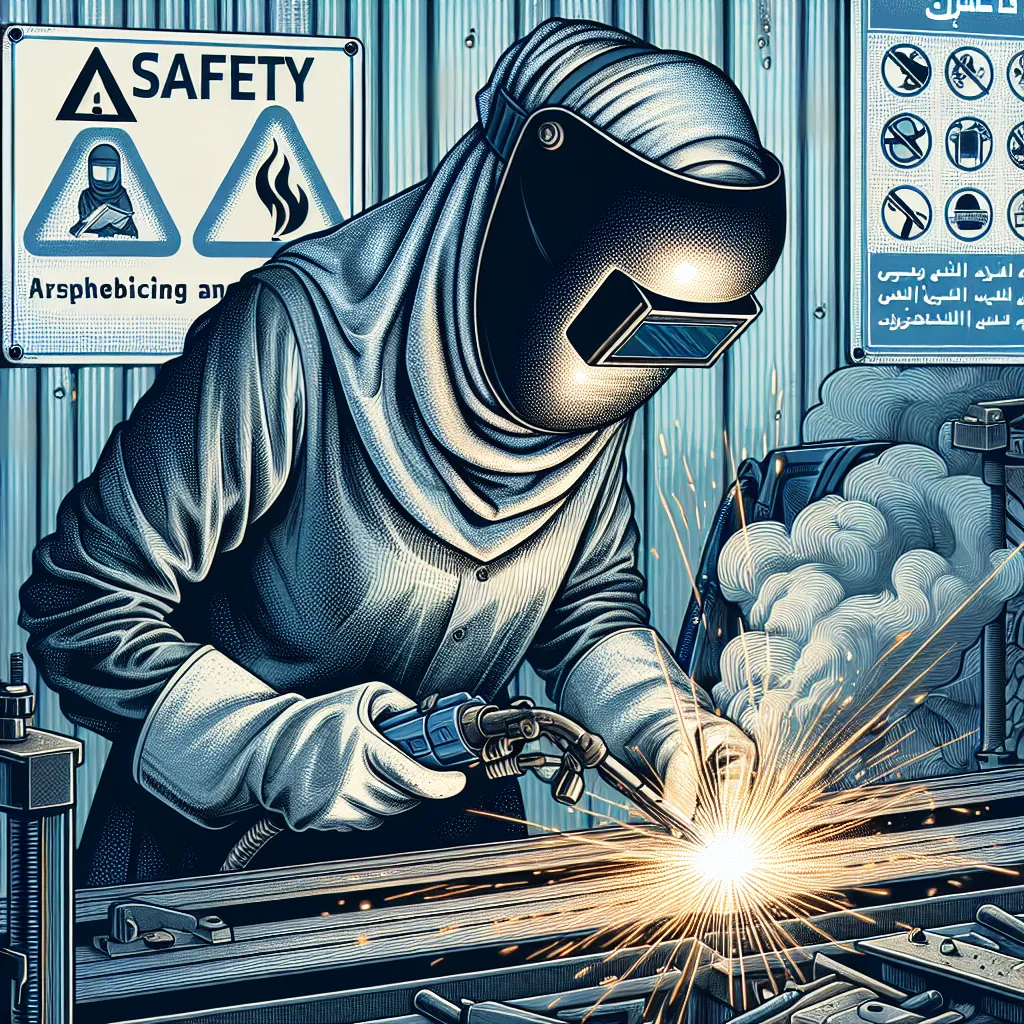
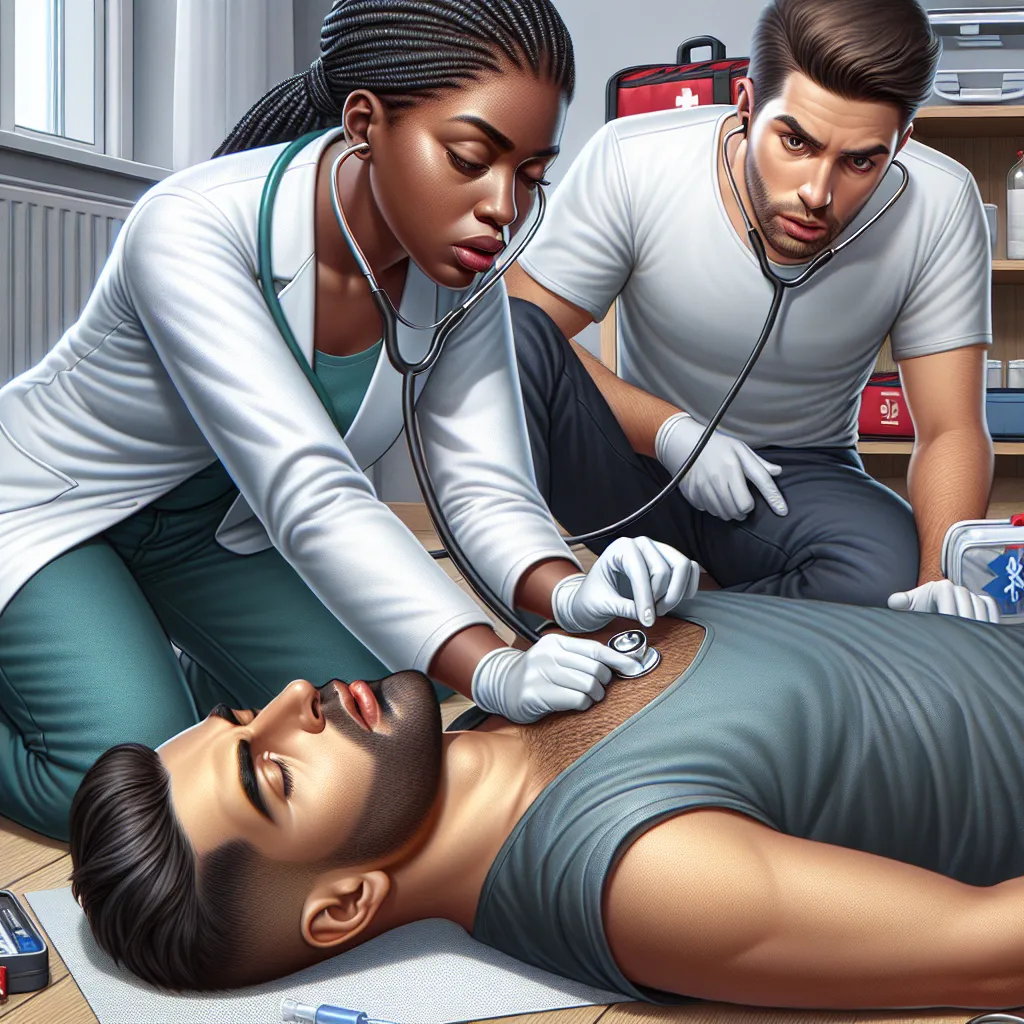
Post your own comment: